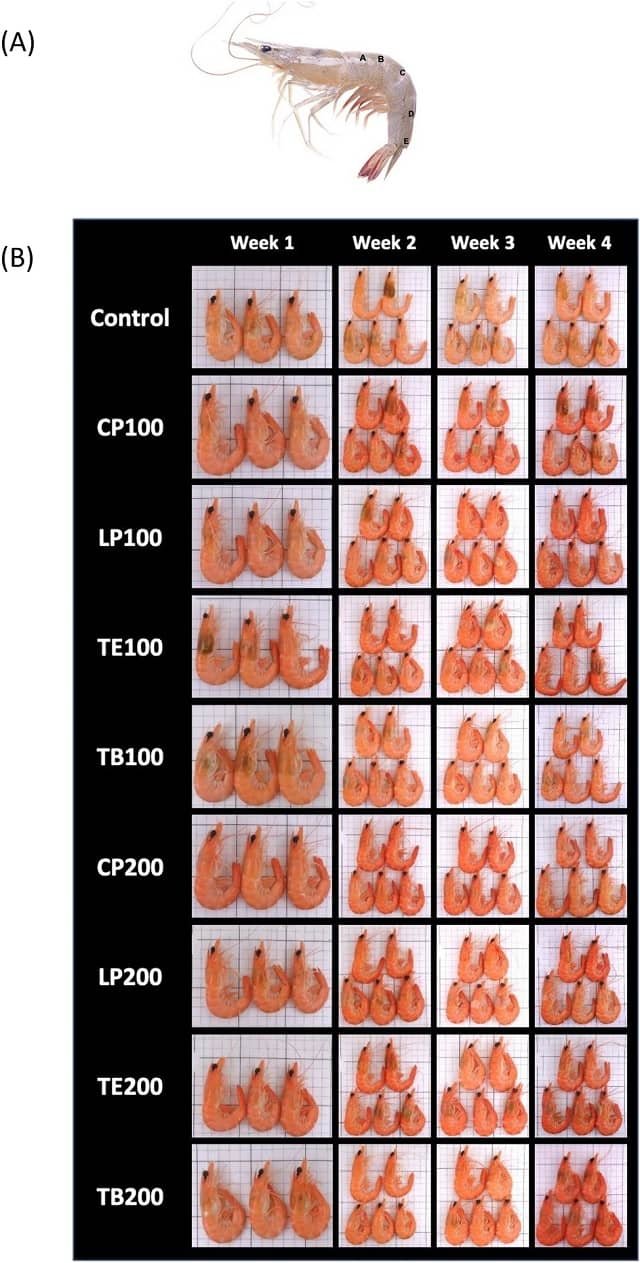
Atlantic Salmon’s Coveted Pink Hue Traced to a Pigment Called Astaxanthin. This carotenoid, naturally found in the salmon’s diet, is crucial for consumer appeal. A deep pink fillet can significantly impact sales, while a paler one risks becoming food waste. However, despite the consistent administration of astaxanthin supplements to farmed salmon, the resulting fillet color varies widely.
A recent study led by scientists from The Huntsman Marine Science Centre (Canada) and Mowi Genetics AS (Norway) aimed to unravel the genetic mysteries behind the coloration of Atlantic salmon (Salmo salar). Researchers analyzed two groups of Atlantic salmon raised in North America, evaluating their color characteristics using the Minolta Chroma Meter and the SalmoFan.
Advances in Genomic Selection
Recent advances in genomic selection have addressed many of these limitations. Specific trait genomic markers have been identified, offering improved predictive accuracy compared to traditional pedigree methods. These markers allow for more precise selection of desirable traits without the need for extensive phenotypic data collection. For example, studies have shown greater accuracy in predicting traits using genomic markers for various economically valuable species.
Importance of Fillet Coloration
A critical trait of fillet quality in salmon is the red/yellow coloration, influenced by the binding of unmetabolized carotenoid pigments to muscle alpha-actinin. Astaxanthin, a common carotenoid pigment supplemented in fish diets, significantly affects muscle pigmentation and represents a substantial part of feeding costs. Studies have shown that diet plays a major role in muscle coloration, with supplemented astaxanthin resulting in redder fillets. However, genetic factors also play a crucial role in pigment absorption and muscle coloration.
Genetic Basis of Muscle Coloration
Genomic and functional studies have linked muscle coloration to the enzyme beta-carotene 15,15′-oxygenase (BCO1). This enzyme is involved in the conversion of beta-carotene to retinal and its function is conserved across various species, including humans, chickens, mice, and fish. Recent studies on European Atlantic salmon have identified the bco1 gene as a key factor in muscle reddening. Additional regions on different chromosomes have also been associated with muscle coloration in salmon, highlighting the complexity of the genetic factors involved.
Deciphering the Genetic Code of Color
Scientists aimed to identify the genes responsible for these variations in salmon color. Through comprehensive genomic analysis and studying two groups of North American Atlantic salmon, they used advanced genomic techniques to correlate physical color characteristics (measured with a Minolta Chroma Meter) with genetic information.
According to the study results, scientists identified two genetic markers on chromosome 26 strongly associated with nearly all color attributes. These markers explain between 6% and 12.5% of the color variation.
Surprisingly, the chromosome 26 region associated with these markers contains the bco1 gene, essential in the conversion of beta-carotenes into vitamin A. This finding suggests a possible crucial role of the bco1 gene in determining salmon flesh color.
Stay Always Informed
Join our communities to instantly receive the most important news, reports, and analysis from the aquaculture industry.
Additionally, other genomic regions related to color were found, linked to functions such as thermogenesis, immunity, and pathogen response.
Implications for the Salmon Industry
Understanding how genetic and environmental factors interact in defining salmon color is essential for improving aquaculture practices. Identifying the genes responsible for coloration will enable the development of strategies to select and breed fish with more desirable flesh tones for consumers.
Conclusion
“Here, we were able to identify a specific region on chromosome 26 associated with Chroma Meter traits (redness and yellowness) using two YC of North American Atlantic salmon. We were able to specifically associate redness and yellowness traits with the bco1 gene, while genetic markers were mostly insignificant for the brightness trait,” the scientists concluded.
Selective breeding, enhanced by genomic selection, remains a fundamental strategy in sustainable aquaculture. Understanding the genetic basis of important traits such as fillet coloration not only improves production efficiency but also enhances product quality, benefiting both the industry and consumers. As research progresses, integrating genomic information with traditional breeding methods is likely to lead to even more robust and sustainable aquaculture practices.
The project has been funded by MOWI Canada East and formerly Northern Harvest Sea Farms, the Government of Canada through Genome Canada and Genome Atlantic, the Atlantic Canada Opportunities Agency—Atlantic Innovation Fund, and the New Brunswick Foundation Research Innovation Fund.
Reference (open access)
Langille, B. L., Boison, S., Wiper, P. G., & Garber, A. F. (2024). Genome-wide association identifies genomic regions influencing fillet color in Northwest Atlantic salmon (Salmo salar Linnaeus 1758). Frontiers in Genetics, 15, 1402927. https://doi.org/10.3389/fgene.2024.1402927
Editor at the digital magazine AquaHoy. He holds a degree in Aquaculture Biology from the National University of Santa (UNS) and a Master’s degree in Science and Innovation Management from the Polytechnic University of Valencia, with postgraduate diplomas in Business Innovation and Innovation Management. He possesses extensive experience in the aquaculture and fisheries sector, having led the Fisheries Innovation Unit of the National Program for Innovation in Fisheries and Aquaculture (PNIPA). He has served as a senior consultant in technology watch, an innovation project formulator and advisor, and a lecturer at UNS. He is a member of the Peruvian College of Biologists and was recognized by the World Aquaculture Society (WAS) in 2016 for his contribution to aquaculture.




